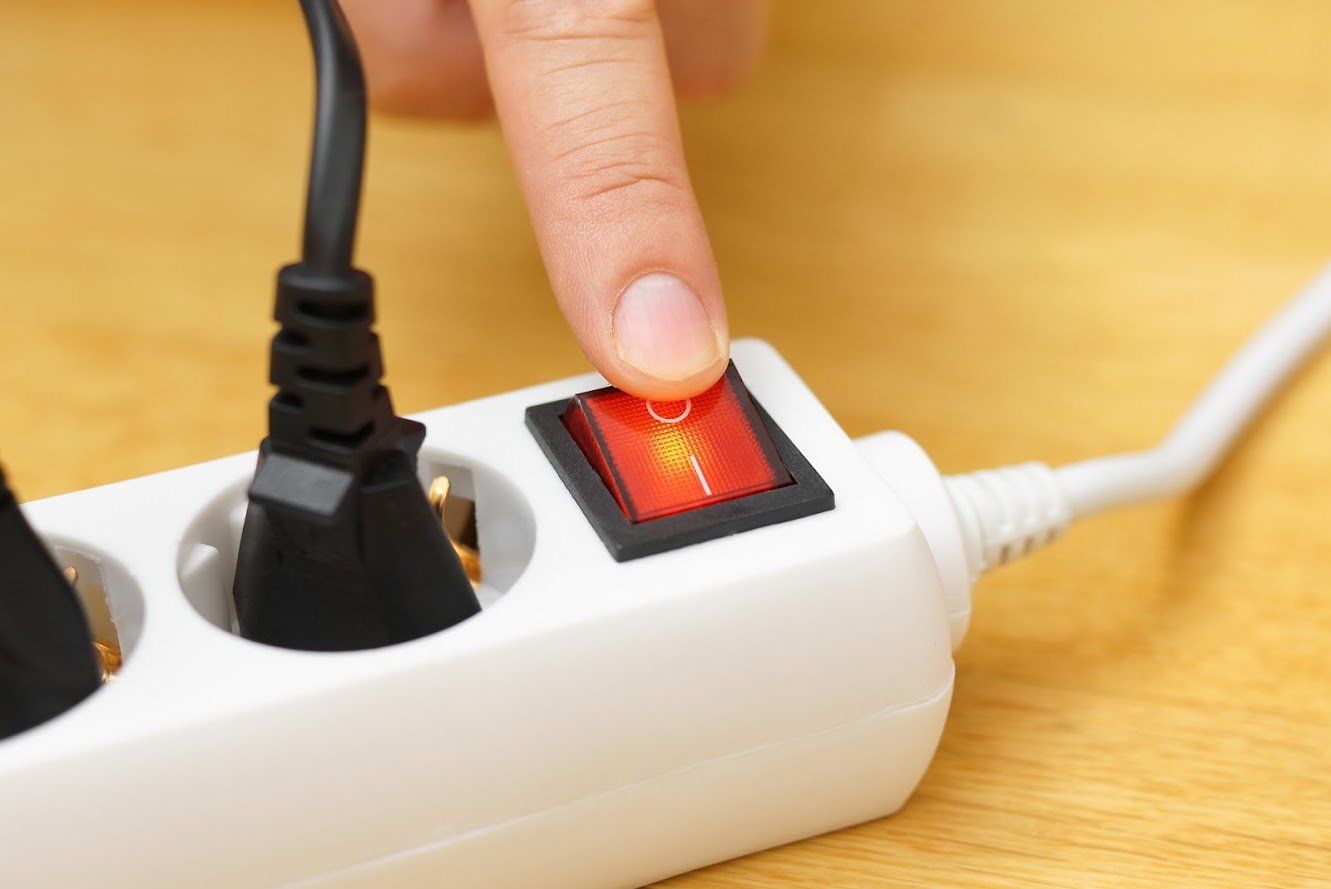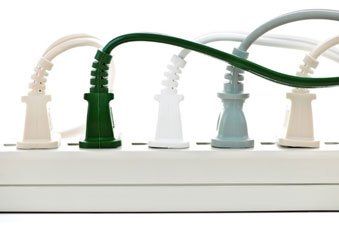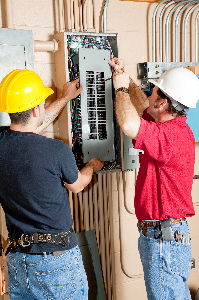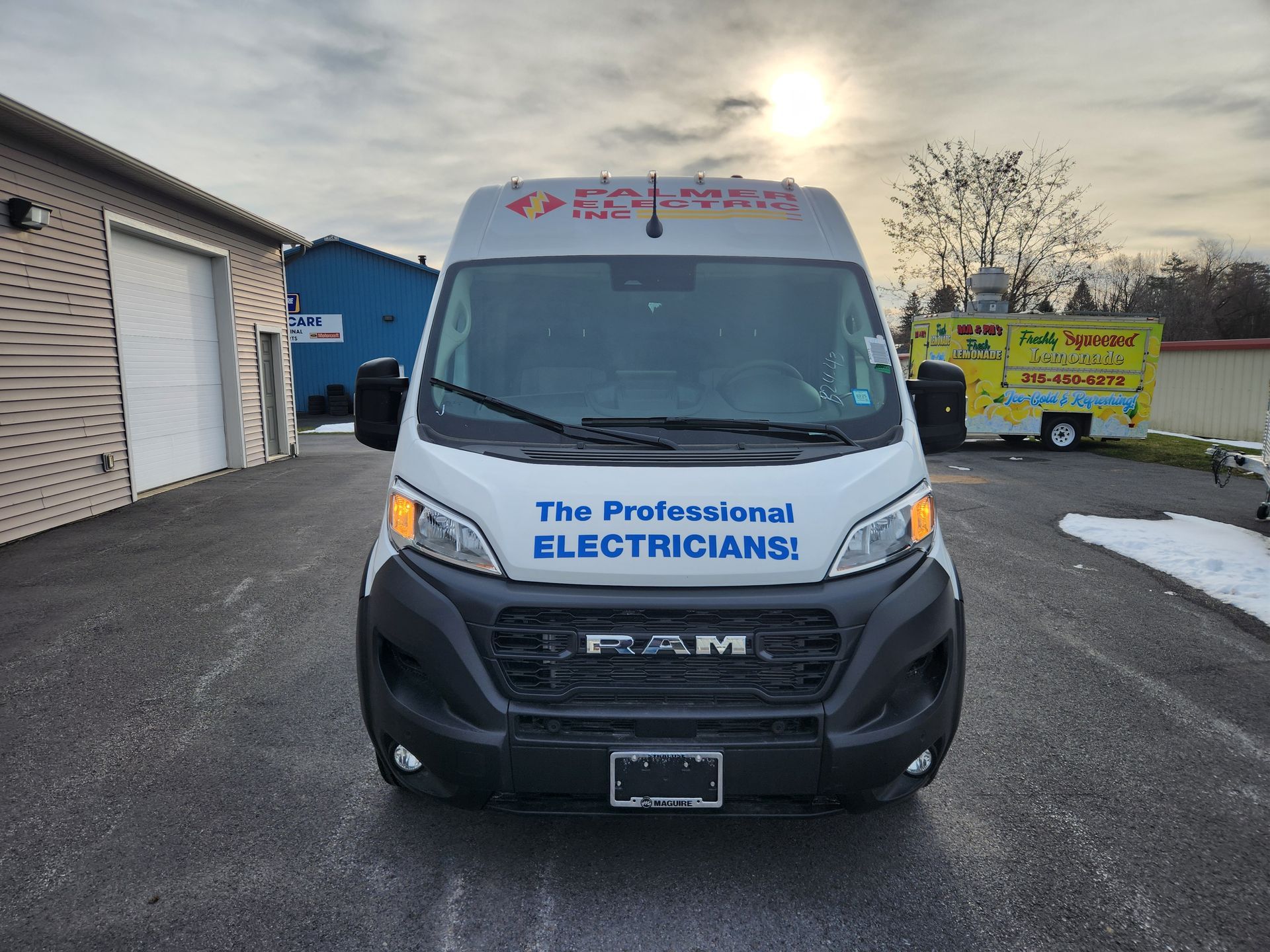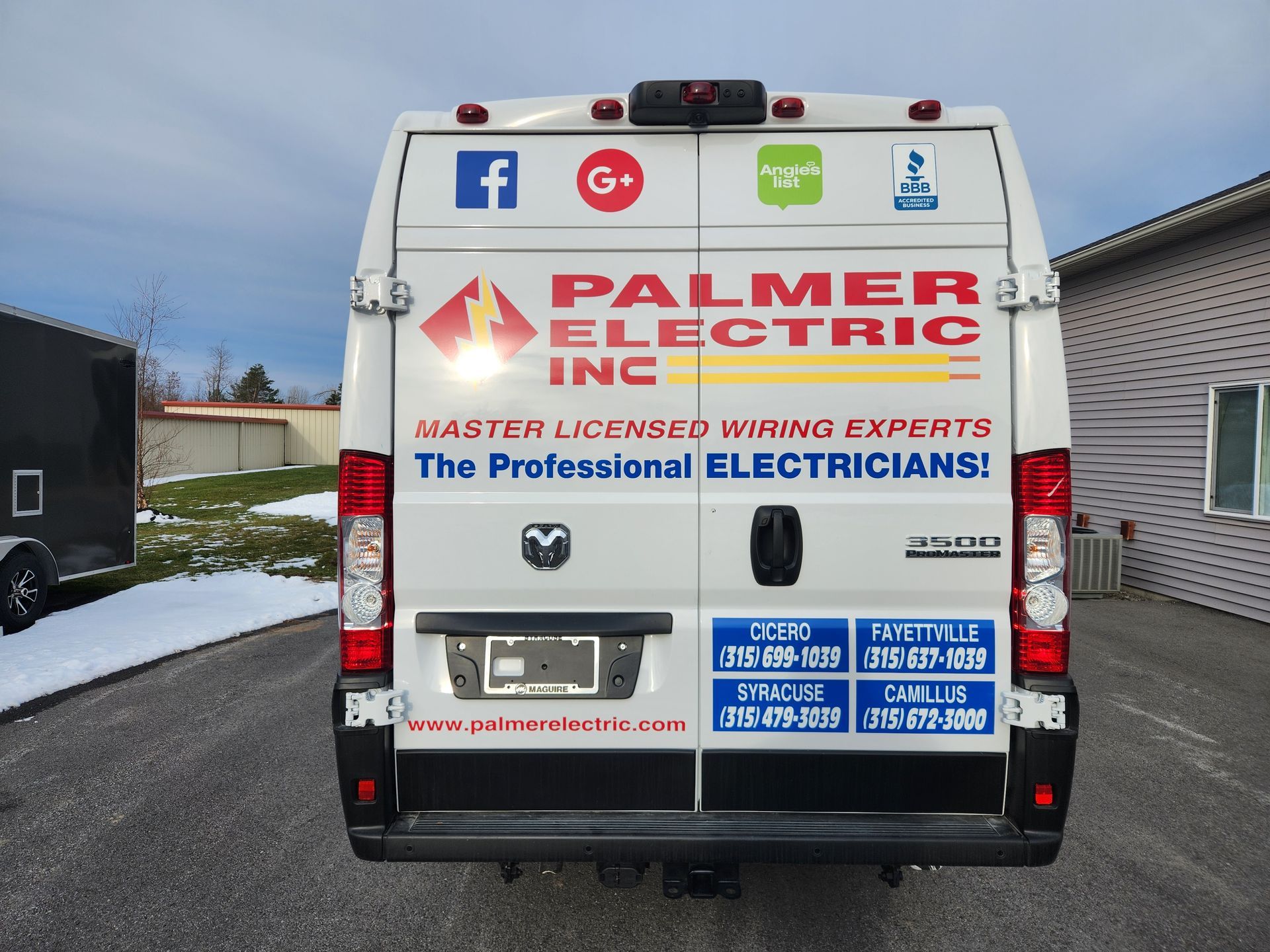Why Ceiling Fan Installation Isn't a Job for Your Resident Handyman
- By Admin
- •
- 18 Jul, 2018
- •
Appliance and fixture installation is often a gray area for many self-fashioned repair people. While putting appliances and fixtures in their right places may not be particularly tricky, any included plumbing and electrical work requires expertise.
In this blog, we discuss ceiling fan installations - one of the most common electrical tasks that homeowners mistake for a DIY project - and why this task is better suited to experienced electricians.

Ceiling Support
Many homeowners assume that if they have a fixture in place already, they should be able to swap the current light out for a fan without the help of an electrician. However, this idea fails to account for the stabilization required to carry the weight of the ceiling fan.
Electricians choose and put in appropriate mounts for every fixture before installation, especially when working with ceiling fans.
Insulation
Your electrician can determine if the existing insulation is adequate and improve any insulation that is not suitable for a ceiling fan mount.
Product Warranty
In addition to preserving a warranty that comes with your ceiling fan, many electricians provide a warranty on products they sell and on the labor they perform. This type of warranty can give you peace of mind that you'll have help dealing with any issue that could arise down the road.
Wiring and Connections
The fact that an electrician will have the tools, equipment, components, and knowledge necessary to complete a ceiling fan installation more successfully than the average DIYer is perhaps the most obvious reason to opt for professional installation.
But don't discount the importance of this benefit simply because it's obvious. Any small mistake in a ceiling fan installation can cause inconveniences like flickering lights or a wobbly fan, while serious oversights can lead to safety hazards like electrical fires.
When you hire a professional, you can rest assured they have the correct box, wires, and tools to use, as well as know how to work with your home's electrical system.
Additionally, your electrician may be able to provide you with extra features during the installation process that a handyman wouldn't be able to do because his or her knowledge doesn't extend past connecting wires. For example, your electrician can provide remote control, dimmer switches, and other features for your fan if desired.
As you prepare to replace an existing ceiling fan or put in an entirely new fixture, partner with a qualified electrician. This simple decision to trust the expertise of an electrical professional can save you time, money, and worry during the installation process and in the future.
For comprehensive residential electrical installation and maintenance services, trust the experienced team of electricians at Palmer Electric, Inc.




